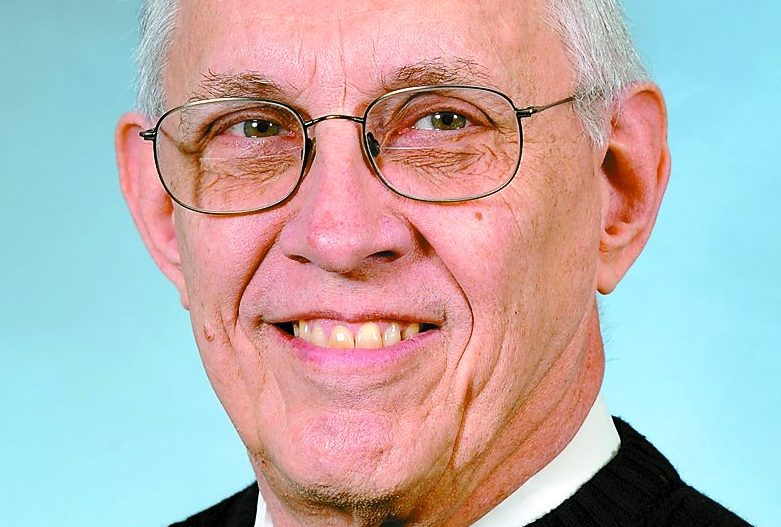WITT: There’s a good way to deal with questionable statues in the U.S.
Published 10:56 am Tuesday, July 14, 2020

- Chuck Witt is a retired architect and a lifelong resident of Winchester.
|
Getting your Trinity Audio player ready...
|
All across the world, statues and other symbols of less laudatory times are coming down or being destroyed.
England is experiencing a particularly difficult time because of its preponderance of public statues that date back much farther than do most of those in this country.
There, the demands for removal are being accompanied by violent destruction and defacement as is the case in some locations in this country.
Closer to home, a statue of Jefferson Davis has been removed from the rotunda of the state capitol and relocated to the Jefferson Davis Historic Site near Fairview, Kentucky.
At least this statue was peacefully removed without damage, much to the credit of Kentucky citizens and state government. As a footnote, it cost $225,000 to move it.
More recently, the legislature of Mississippi voted to remove the Confederate Flag from the state flag, the last vestige of that symbol connected with any state flags.
Perhaps it is appropriate to discuss these removals in light of history.
There should be no doubt that many symbols that have dwelt among us are remnants of a bygone era.
Many of them were erected or placed in the period not long after the Civil War when, for a substantial period, feelings continued to run high about the causes and results of that war.
It was well into the 20th century that old resentments remained, even through two more wars during which the segregation of races was common.
In 1958, Virginia closed all its public schools to avoid integration mandated by the Supreme Court.
Virtually no one in this state knows that Kentucky did not ratify the 13th amendment until 1976, 111 years after it became the law of the land.
But back to the issue of the statues and flags.
Virtually all the statues in question were erected in the late 1800s or early 1900s, and in the interim, Americans have become more attuned to the angst that the public display of these symbols create in many people.
Perhaps the best solution to addressing the demands of a large proportion of society is precisely what is happening now, at least the peaceful process.
It makes little sense to destroy these figures. They are a part of history, even a history of bad times.
But if the figures can be placed somewhere where their context can be illustrated, that will serve more to define that history than the mere destruction of them ever could.
Perhaps one of the most troubling calls for erasure relates to the mural at the University of Kentucky.
Many thought that the issue of the mural had been dealt with some months ago.
Now, it appears some groups want the mural destroyed.
It is not located outside where people who routinely pass are able to see it. Being inside a building it is located much as it would be in a museum, and museums are the proper place to display history, even if that history is demeaning or hurtful.
The mural should remain as it is, with appropriate information to explain its context.
Far too often in our history there have been attempts made to suppress or erase portions of it which are deemed, at the moment, to be unworthy.
But history is history. We must learn from it, even if we don’t rejoice in or celebrate it.
We must not emulate Orwell’s “1984” and erase history for the glory of the moment.
Let us embrace it and use it to make ourselves better.
Chuck Witt is a retired architect and a lifelong resident of Winchester. He can be reached at chuck740@bellsouth.net.





